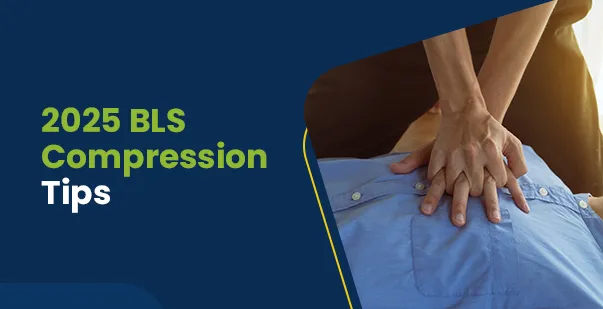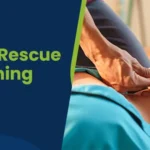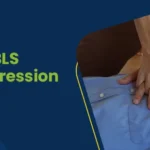Table of Contents:
- Introduction
- Who Creates BLS Guidelines and When Were They Last Updated?
- What Is the Recommended Compression Rate for CPR?
- How Deep Should Chest Compressions Be During CPR?
- Where Should You Place Your Hands for Effective CPR?
- What Are the Most Common CPR Mistakes and How Can You Avoid Them?
- How Do Feedback Devices Improve CPR Training?
- Mastering CPR: Why the Right Technique Matters
In May of 2025, 20-year-old soccer star Savy King suddenly experienced a heart attack and collapsed on the field during a National Women’s Soccer League (NWSL) match. The sideline staff of her team immediately started cardiopulmonary resuscitation (CPR) until emergency responders could come and continue. Thanks to their quick response, she lived and had a successful heart surgery.
This real-life example highlights the critical importance of following the latest BLS (Basic Life Support) guidelines. These protocol-driven, scientifically validated procedures are not simple suggestions; they are designed to help you save lives. Therefore, you must always be aware of the correct BLS compression rate and depth. So, keep reading to learn the correct compression rate, correct depth for every age, correct hand placement, and how devices that offer feedback can assist you in being an even better CPR provider.
Who Creates BLS Guidelines and When Were They Last Updated?
In the U.S., the American Heart Association (AHA) issues the official CPR/BLS chest compression guidelines in collaboration with ILCOR, the International Liaison Committee on Resuscitation. These guidelines are evidence-based and usually updated every five years.
The most recent major update was in 2020. The AHA BLS 2025 updates are scheduled to be released on October 22, 2025. The AHA regularly reviews scientific studies to set targets for compression rate and depth, making these recommendations the standard for all CPR classes and providers.
Read More: Ultimate BLS Cheat Sheet for Healthcare Workers and Responders
What Is the Recommended Compression Rate for CPR?
According to the BLS compression rate 2025 recommendations, 100 – 120 chest compressions per minute are required for adults, children, and infants. In other words, about 1.7 to 2 compressions per second. The compression rate matters because it directly affects blood circulation. Each compression raises the chest cavity pressure and squeezes the heart, pushing blood out; then the chest recoils and the heart refills.
If compressions are too slow, the heart won’t pump enough blood each minute to keep the brain and organs alive. If compressions are too fast, there’s not enough time for the chest to fill and to release fully, which also reduces blood flow. A study in the Resuscitation Plus journal showed that pushing too fast often makes compressions shallower. It also warns that compressing “too fast may reduce compression depth and has been associated with worsened outcomes”.
How Deep Should Chest Compressions Be During CPR?
The effectiveness of CPR depends not just on how fast you push, but also on how deep. Providing adequate CPR chest compression depth causes the heart to pump enough blood to the brain and other vital organs. With the latest AHA protocols, here is how deep to press on each age range for adult, child, and infant:
1. Adults
The CPR guidelines recommend depressing the chest at least 2 inches (5 cm) but no more than 2.4 inches (6 cm) in compressions. This is essentially pushing hard enough to depress the chest at least 2 inches but no more than 2.4 inches. Pushing too softly (less than 5 cm) won’t get enough blood flowing through the system, and pushing too forcefully (more than 6 cm) can cause internal damage or rib injury.
A large National Institutes of Health registry analysis found the optimal combination was 107 compressions/min at a depth of 4.7 cm, which significantly improved neurologically favorable survival.
2. Children
For children (roughly 1 year old up to puberty), the guideline suggests about one-third of the chest depth, which is approximately 2 inches (5 cm). Once a child is fully grown/pubertal, you can follow the adult target of ≥5 cm.
3. Infants
For infants (less than 1 year old), the recommendation is about one-third chest depth as well, which translates to roughly 1.5 inches (4 cm).
Tip: Use the two-finger technique (single rescuer) or the two-thumb encircling hands technique (two rescuers) for better depth and control.
Where Should You Place Your Hands for Effective CPR?
The right-hand position allows you to push in the correct spot and avoid injury. As per the guidelines, hand placement varies depending on the person’s age. The different hand placements for adults, children, and infants are:
Adults
Placement: Lower half of the breastbone (sternum), in the center of the chest, between the nipples.
Technique:
- Place the heel of one hand on the sternum.
- Place the other hand on top, interlocking your fingers.
- Keep your arms straight and shoulders directly over your hands to deliver strong, straight compressions.
Avoid: Try not to press on the very bottom tip of the sternum (the xiphoid process) to prevent internal injury.
Child
Placement: Lower half of the breastbone (sternum), in the center of the chest, between the nipples.
Technique:
- Use the heel of one hand for smaller children.
- For larger children, you may use two hands (one on top of the other).
- Keep arms straight and shoulders over your hands for effective compressions.
- Depending on the child’s size and the rescuer’s strength, either one hand or two hands may be used.
Avoid: Pressing on the very bottom of the sternum.
-
Infant
Placement: Just below the nipple line, on the breastbone (sternum).
Technique:
- For a single rescuer: Use two fingers (index and middle fingers) to push straight down.
- For two rescuers: Use the two-thumb encircling technique (thumbs on the sternum, hands encircling the chest).
Avoid: Pressing on the ribs, stomach, or the very bottom of the sternum.
Read More: BLS Techniques for Infant Emergencies
What Are the Common CPR Mistakes and How Can You Avoid Them?
Even trained people can make mistakes while doing CPR. These might even diminish the chance of saving someone’s life. The following are the most common CPR errors and how to avoid them:
1. Not Pushing Hard or Fast Enough
Few rescuers push too hard or too quickly during CPR. This may cause inadequate blood flow to the brain and heart. According to the AHA-affiliated report, poor compression technique can drop survival odds by up to 50% compared to high-quality CPR..
How to correct? Follow the correct target rate and depth as instructed and practice consistently by using manikins or feedback devices so as to achieve strength and confidence.
2. Leaning on the Chest
Leaning means not lifting your hands fully between compressions. This prevents the heart from refilling with blood.
How to fix this? The chest must fully rise after each push. Let go completely between compressions to allow the heart to work properly. Always keep your arms straight and avoid resting on your chest.
3. Incomplete Chest Recoil
Even without leaning, not letting the chest fully bounce back is a mistake. An incomplete recoil means less blood fills the heart before the next compression.
How to fix this? Always press down, then let the chest come all the way back up. Think of it as a rhythm: “push, release, push, release.”
How Do Feedback Devices Improve CPR Training?
Modern CPR mannequins often have built-in real-time feedback devices. These gadgets measure compression rate, depth, and recoil and give audio/visual cues (like lights or beeps) to tell the student if they are performing compressions correctly.
Feedback Devices Help Learners Master Proper Technique Faster
Using feedback dramatically speeds up learning the correct BLS compression technique. A study in the Resuscitation Plus journal found that trainees using feedback devices learn the proper rate and depth much faster than those without feedback.
For example, with feedback, participants quickly improve their percentage of compressions at the right depth and rate.
Integration in Certification Programs
Feedback devices are now standard in CPR courses. In fact, the AHA officially requires their use. Since January 2019, all American Heart Association BLS, ACLS, and similar courses in the U.S. must use a feedback-equipped manikin or monitor for adult CPR training. The AHA notes that feedback shortens the time it takes learners to become competent.
In the near future, feedback devices will also be required for child and infant CPR training once suitable devices are widely available.
Mastering CPR: Why the Right Technique Matters
Performing the right CPR technique can save a life. So, always push hard and fast at the recommended BLS compression rate of 100 to 120 compressions per minute. For adults, press at least 2 inches deep; for children, about 2 inches, and for infants, around 1.5 inches. Wait for the chest to rise fully between compressions, and place your hands in the right spot. Avoid common mistakes like leaning or shallow compressions. Feedback devices can help you practice better and learn faster. Whether it’s an adult, child, or infant, the right skills make all the difference in an emergency.
Don’t wait for a crisis to learn what to do. Take a certified BLS course today and gain the confidence to act fast and save lives when it truly matters.







